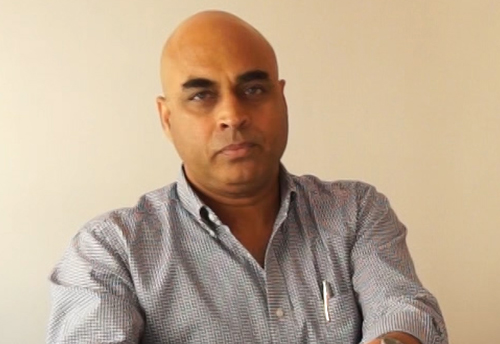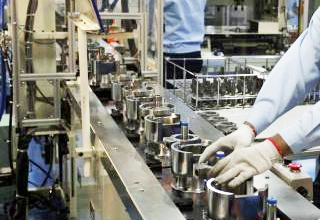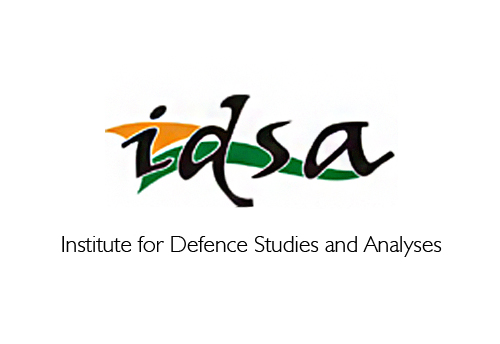Fake in India
Updated: Dec 22, 2016

Fake in India
The “Make in India “ lion continues to be shackled.
The three shackles of cost, complexity and corruption hold a vice like grip. All he can do, is roar.
The cost of finance (the bloodline of all industry) remains high. How do we compete by borrowing at an average 12% when our competitors in a flat world have access to sub 3 % or even negative rates? The Indian investor who is used to a 10% return on his FD expects a minimum 15-18% on his investments in risk capital. How does a business guarantee such a high return?
Complexity of laws, rules & regulations and their interpretations by the license raj bred inspectors continue to scare away investors. If there is an effective non tariff measure, this is the one. Complexity always leads to corruption. Most businessmen have learnt to take it in their stride, building the cost into their calculations. Start up India will have a challenging time learning to deal with this hurdle, before they can be “Stand up India”.
The impact of these three Cs is proportional to the amount of value you intend to add on India soil. Manufacturing engages with all economic factors – land, labour, capital, energy, environment, taxation and the library of their corresponding laws. The more you engage, the harder it gets. The main focus of any business is to gain maximum market access. In a globalized world, this access is available at zero, in several cases near zero, import duties. Hence why bother with “Make in India” as long as “make for India “ or “Fake in India” works.
The 3 Cs have always been around. The government in power needs to be lauded for their clear intent and consistent action towards reducing their debilitating impact on competitiveness. The direction of efforts seems right, the speed and effectiveness needs to increase manifold. Business is however, always conducted on the ground under the “jurisdiction” of a state government. The bureaucracy at state level is at best, not engaged in the process of making business policy. Their army of inspectors in most cases, continue to pose hurdles, rendering the term “ease of doing business”, an oxymoron.
There are three main policy instruments available to any government that intends to increase the share of manufacturing in its GDP.
- Protection for domestic manufacturing through levy of import duties. Ideally, this would be done in three slabs – highest duties for import of final products, lower levy on intermediaries, parts and components and the lowest on raw materials. WTO’s thrust towards low bound rates, and in some sectors such as electronic hardware, zero duty has rendered this measure ineffective. Import duties also mitigate some of the disabilities of higher costs and complexities. The sectors that have faced zero import duty have been rendered non competitive. China stayed away from a zero duty regime till their domestic manufacturing industry was strong enough to take on the world. We rushed into making these blunders without adequate thought or preparation. Even a decade after the electronics sector went to zero import duties, we are still discussing the impact of inverted duty on some product lines in this sector.
- Relief in direct taxes. Exports as a business category and software as a sector enjoyed tax holidays for an extended period of time. The finance ministry is now opposed to any exemptions in direct taxation. So this instrument stands blunted. The only exception being considered is for mega investments (> 1Bn.$) in Coastal Economic Zones under a new Niti Aayog policy. The reasons that compel a tax break for mega projects apply equally, if not more to smaller units. North block is however opposed to any such exemptions.
- Tweaking indirect taxes: (a) geographical exemptions -excise duty exemptions are in place in a few states. (b) for some sub sectors - assembly operations in an importantsub sector such as mobile phones have come to life on the basis of “differential duty” wherein goods can be cleared at 1- 2% excise duty in case the assesse forgoes his claim to input tax credit (ITC/ Cenvat). The inputs of cellphones attract zero customs duty, zero CVD and zero SAD, hence adding zero cost to assemblers who do not claim ITC.Tweaking the indirect tax chain will hurt someone in the value chain, but for the moment this seems to work at least as far as attracting investments into cell phones are concerned. The continuation of such a dispensation in the GST regime is now essential for the assembly operations to continue. Deepening this value chain will require extending the differential to parts and components in a phased manner.
There is another instrument available. Sector specific subsidies, grants and incentives can be used to enable ailing industries to compete. An effort in this direction was made for the electronics sector. 25% capital subsidy (MSIPS) and project support for electronic manufacturing clusters are two major pillars of the National Policy for Electronics (NPE’ 12). While this outreach has attracted reasonable investments, the target figures are far way. It is indeed surprising that the policy makers have decided to curtail this apparatus by limiting it to 3 years rather than the 10 years declared earlier. The cluster policy is scrapped altogether.
Yet another instrument used effectively by governments is providing preferential market access (PMA) to domestically manufactured products for their own procurement. America continues to effectively use their “Buy America“ policy since 1933. In India however, this too has been rendered ineffective. Several qualifying tender conditions ensure that domestic manufacturers do not have a chance at even making an application. Procurement of LEDs by EESL by aggregating demand started off as a very good idea. A single minded focus on lowest cost procurement has however ensured that even these LEDs that were so far “made in India” are now procured in China.
A “surgical strike” on enabling manufacturing competitiveness is the need of the hour. A detailed insight into a few “champion” sectors, selected on the basis of their potential will reveal the root causes of their inability to compete globally. Smart policies aimed at mitigating the impact of such causes will then need effective implementation with close monitoring the highest authorities.
Bereft of such an effort, “Make in India” will continue to be a marketing slogan. Merely, a roar.
Till then, inadequate, ineffective policy measures combined with ground realities leave industry with no choice… but to “Fake in India”.
About the Author: The Author is a successful entrepreneur. He is the Managing Director of Noida based Deki Electronics.








 Loading...
Loading...





COMMENTS
Be first to give your comments.